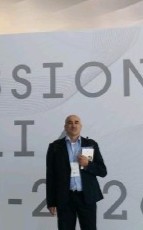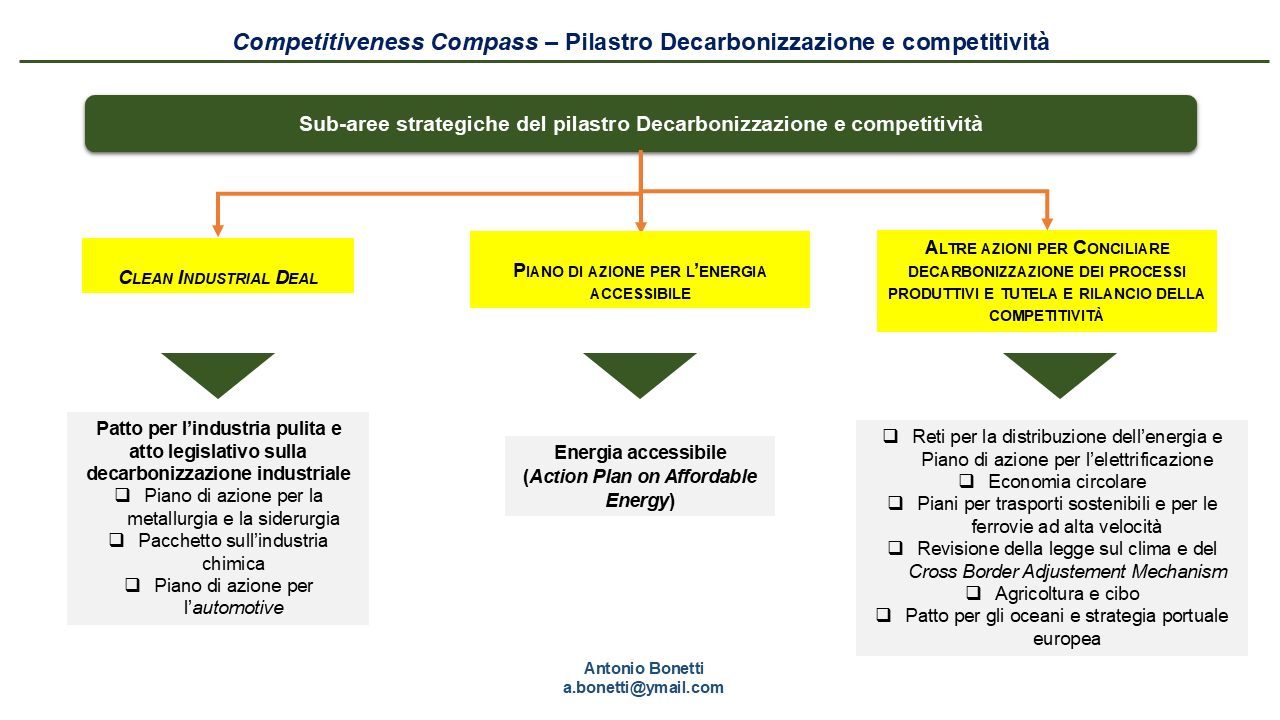Factsheet 3/2016 "Il PON Governance e capacità istituzionale"
All Italian Public Administrations (PAs), irrespective of their size, face increasing financial constraints. Furthermore, ongoing institutional and administrative reforms bring about both the set up of new functions and new public expenditure. That is the case, in particular, for Local Authorities.
This short note presents National Operating Program ‘Governance e capacità istituzionale’, i.e. the main Program co-financed by the ERDF and the ESF aimed at sustaining the paradigm ‘open government’ and PA reforms in Italy.
Factsheet 2/2016 "Politiche pubbliche e finanziamenti per la PA digitale"
Open government and open data are all the rage.
This short note is about the main financial instruments of the EU aimed at sustaining the paradigm ‘open government’ and the digital revolution within the European Public Administrations.
Factsheet 1/2016 "Politiche pubbliche e finanziamenti per le smart cities"
It is widely acknowledged that cities are the main drivers of economic growth, but they are not yet sustainable in a broad sense. Indeed, they face many wicked problems - economic deprivation, social exclusion and air pollution just to name a few. Furthermore, most Europeans live in urban areas.
Thus, the paradigm “smart cities” is front and center when debating innovative public policies.
This factsheet presents:
• the strategic framework of the policies supporting this paradigm, both at the EU and the Italian levels,
• main public financing streams aimed at improving urban assets and policies.
La mappatura dei fondi europei 2014-2020
This Guide presents a strategic map on EU Funds, both those managed by the EC and its executive agencies directly and those managed by Member States and regions.
The Guide sets out how each European Programme is anchored in the general framework of EU policies and potential synergies between different EU Funds.
Agricoltura sociale e nuovi servizi di welfare nelle zone rurali: i finanziamenti del PSR Lazio 2014-2020
This short Note is about the main ‘operations’ of the Rural Development Programme (RDP) of the Lazio Region aimed at supporting non-agricultural activities in rural areas, especially the social ones.
It offers an up-to-date presentation of:
1. main interventions aimed at fostering rural development, with a specific focus on those supporting public services under Measure 7 (Basic services and village renewal in rural areas);
2. other interventions under Measure 6 and Measure 16 of the RDP (in particular, operation 16.9) that could support the set up and development of social and inclusive services in rural areas.
Furthermore, the Note raises some questions about the true nature of the so-called ‘agri-social businesses’ and their business model.
Master "Fondi europei 2014-2020: focus su social entrepreneurship e social innovation"
This proposal outlines a short master directed at equipping participants with a remarkable knowledge about those EU funds aimed at fostering social innovation and the development of social entrepreneurship across Europe. There is a strong focus on European Structural and Investment Funds, but also on Programmes such as EaSI, Health 2014-2020 and the “Ambient Assisted Living Initiative.
Master "Approccio strategico ai fondi dell’UE e tecniche di europrogettazione"
This proposal is about a short master aimed at presenting the strategic approach to EU funds. Moreover, there is a strong focus on EU subventions, calls for proposals and project design and management.
It equips participants with an up-to-date presentation of:
1. main tools used when formulating the “logical framework” of projects;
2. templates to be used when submitting proposals;
3. analysis of administrative and award criteria aimed at evaluating proposals.
La “matrice di finanziabilità” delle organizzazioni non profit
This Note is set to describe background to and main components of a matrix aimed at presenting key features of a non profit organization that enable it to access EU funds more easily. This matrix is named in Italian “matrice di finanziabilità”.
All non profit organizations, irrespective both of their size and their legal status, should devise such a matrix in order to improve their performance in accessing these funds.
Approccio strategico ai fondi europei. Il percorso analitico per la formulazione della “matrice di finanziabilità” delle organizzazioni
All organizations, irrespective both of their size and their legal status, should devise a strategic approach to EU Funds in order to improve their performance in accessing these funds.
To this end, they should:
1. draw a map of EU Funds, taking into account mainly key features such as beneficiaries and target groups of different EU programmes/funds, contracting authorities of EU programmes, policy fields,
2. formulate a scheme (matrix) that illustrates key elements of an organization and EU Funds coherent with those key elements. This scheme aimed at improving the search for public funds is named in Italian “matrice di finanziabilità”.
This Note describes the roadmap to follow in order to formulate such a scheme, that is based both on analytical approaches and tools used in corporate finance and strategic analysis and an in-depth knowledge of objectives, actions, target group and financial clauses of different EU programme/funds.
Approccio LEADER: il bando della Regione Lazio per la selezione dei PSL 2014-2020
This short Note presents:
1. objectives and selection criteria of the call launched by the Lazio Region in order to finance new Local Development Plans based on the LEADER approach (under the Measure 19 ‘LEADER’ of the 2014-2020 Rural Development Program);
2. a critical review of some methods established by the call for formulating Local Development Plans,
3. some remarks about the whole call, that seems excessively anchored in a “top down” approach, in contrast with the main features of the LEADER approach (‘place-based’ interventions, involvement of local communities and robust links between local problems and ‘intervention logic’ of the Local Development Plan).









